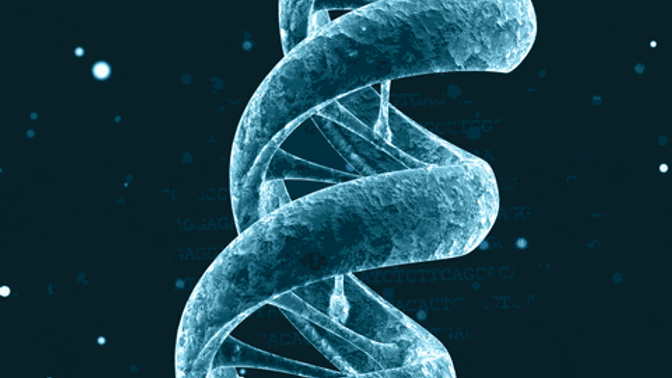
INFORMATION
Organelles
Multiple Sclerosis affects every part of the cell. Find out how!
Mitochondria
The mitochondria generates ATP energy which can be used to transport large molecules across a cell membrane and into a cell. In multiple sclerosis, the mitochondrial respiratory chain is deficient, and there are abnormalities in mitochondrial transport of energy. This creates an energy imbalance which begins neurodegeneration, the main outcome of MS.
*The mitochondrial respiratory chain is made of the protein complexes that form the mitochondrial electron transport system. It's associated with the inner mitochondrial membrane.*
Endoplasmic Reticulum
The endoplasmic reticulum assembles, transports, and stores molecules inside of a cell. With MS, the endoplasmic reticulum goes under severe stress due to the high presence of a protein called Rab32. Rab32 triggers the unfolded protein response in a cell and weakens the contact between the mitochondria and the endoplasmic reticulum. The unfolding of a cell's proteins impedes on transport proteins which are vital for moving large, crucial particles like sugar into a cell. Weakened contact between the mitochondria and the ER leads to flawed cellular growth and organelle digestion and recycling.
Golgi Apparatus
The Golgi apparatus modifies, sorts, and packages molecules from the endoplasmic reticulum- most of which are proteins. Since the endoplasmic reticulum goes under severe stress and weakens with MS, the Golgi apparatus is given less proteins to package and send through the body, thus creating protein deficiency. Protein deficiency causes muscle cramping and weakness, and will often begin to take protein from other muscle tissues to use for vital bodily functions when low. Eventually, there will be a severe protein deficiency and imbalance throughout the body.
Cytoskeleton
Lysosomes
Lysosomes clean up the cell by absorbing dead organelles and other waste with their digestive enzymes. In patients with MS, cerebral lysosomes are more fragile in white matter and prone to become dysfunctional. Defective lysosomes will lead to more dead material and organelles to pile up in the cell, which can cause the cell to become toxic. There are over 50 rare diseases in which cells become toxic, and they all severely damage organs in the body.
*Cerebral lysosomes are lysosomes specifically of the brain*
*White matter is the tissue in which messages are passed the nervous system*
A cytoskeleton gives a cell its shape and support. In the axonal cytoskeleton of a nerve cell, it maintains the strength of the axon nerve in which impulses are conducted. This is what keeps the nerve functioning and able to send impulses. The degeneration of the axonal cytoskeleton is a sign of MS, as it weakens nerve sensitivity. Weakened nerve sensitivity leads to eventual neurodegeneration.

INVOLVEMENT OF
Genetics

THE BASICS
HOW ARE GENETICS
INVOLVED?
It's simple, they're not. MS’ correlation to genetics is very elusive and overall recondite. Nothing has been proven genetically about it, but there is known to be trends in families that pass down MS. It was believed for a short period of time that the low frequency variant NR1H3 p.Arg415Gln played some type of role in the genetics of MS, but that was quickly debunked. I have looked at multiple sources and they all state that there is no current knowledge of any correlation between genetics and multiple sclerosis, except what can only be seen from observation and not proven.